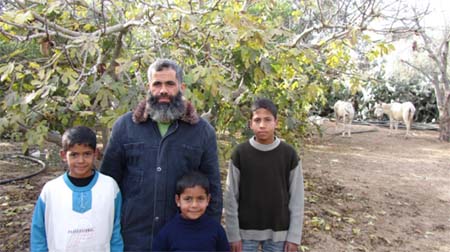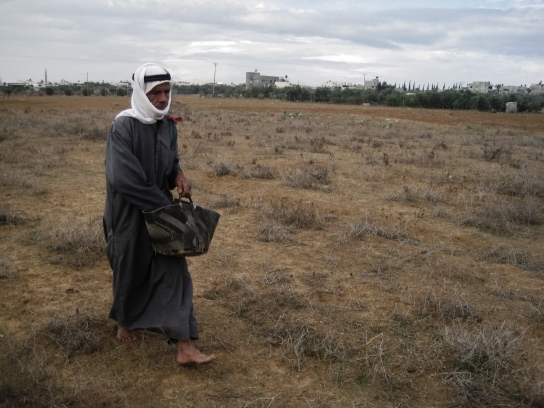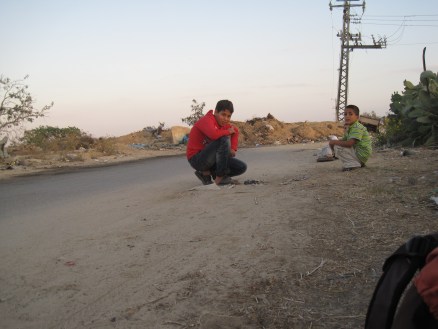Tag: Khuza’a
-
28 December 2008: The Abu Taima family
27 December 2011 | Palestinian Center for Human Rights “Living under occupation means that whatever hopes we have, it will fall apart one day. For example, you bring up your child and put all of your hopes in him or her, but then they come and kill your child and all your hopes are destroyed.”…
-
Sowing wheat in Israel’s kill zone
by Radhika Sainath 22 November 2011 | Notes from Behind the Blockade One need not be an agronomist to know that its been a long time since the farmers of Khuza’a, Gaza have tended to their land near the border. When we arrived on Friday, the densely packed soil formed small hills with alien, ridged,…
-
The Israeli Army shot at me and 3 Palestinian kids in Gaza today
Radhika S. 28 October 2011 | Notes from Behind the Blockade After a lovely day of drinking excessive amounts of tea with a few families in South Gaza (Faraheen and Khuza’a, to be exact), an Italian colleague, Silvia, who used to live in Khuza’a, suggested walking down the road towards the local school. It was…



